Leaving Tabarka and heading up through the Atlas Mountains was a great start to our discovery of Bulla Regia, situated in the Jendouba region of North West Tunisia. As we descended down from the Atlas mountains we came across a group who were working the land – this has to be one of my favourite photographs I’ve ever taken; this lady who chose not to give her name (but gave consent to me taking the photo) was picking potatoes and had fashioned her waterproof out of plastic bags. Spending time talking to her I learnt about her village and the land the women own and how it provides them with both produce and an income. She was pretty shy at first but five minutes in we were comparing children and moaning how we both hate the rain!
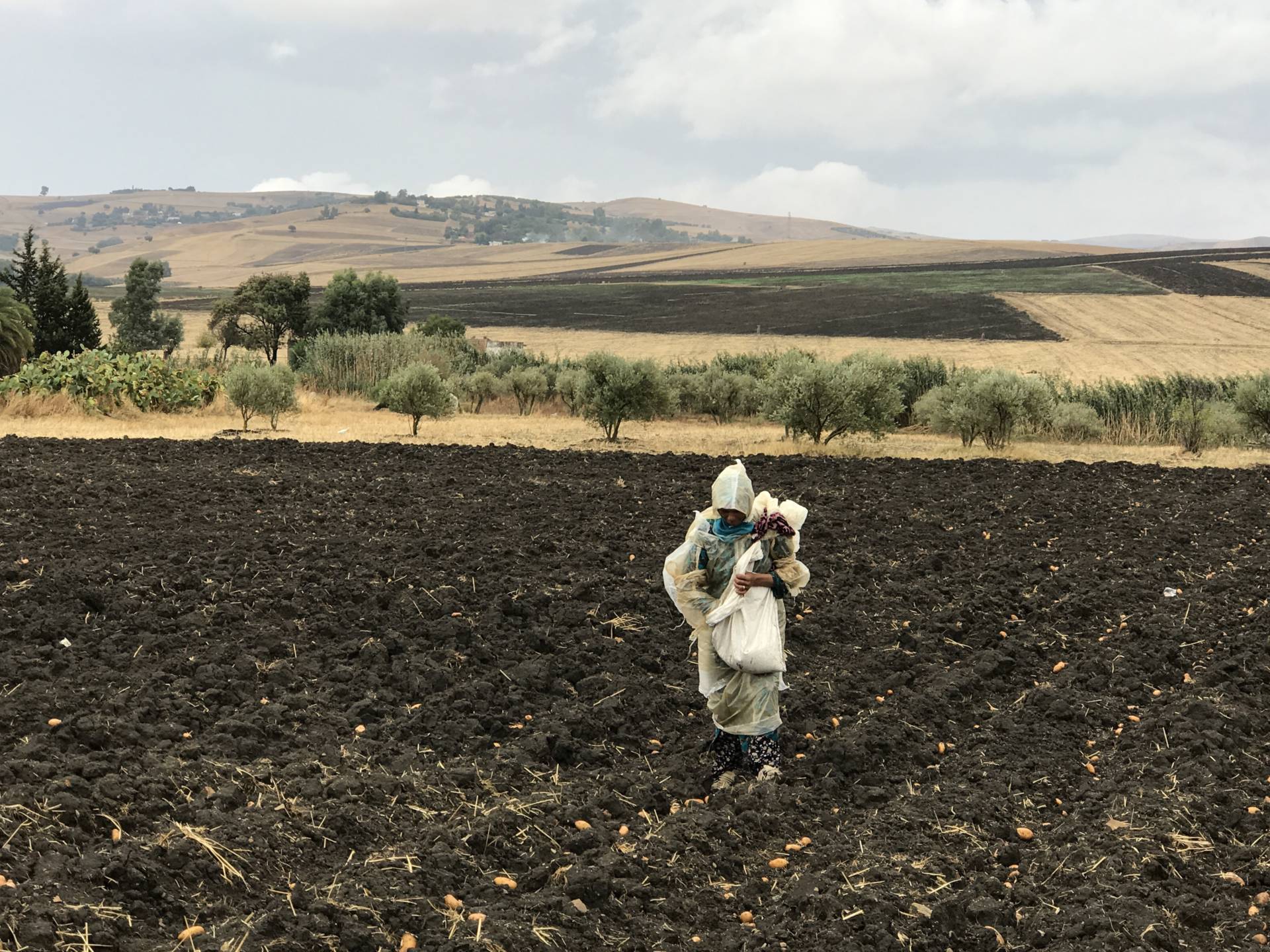
Arriving at Bulla Regia it’s hard to believe that we were part of just a handful of visitors that day. The site was established in the late antiquity period until it was abandoned during the middle ages; although it flourished the most during the Roman Empire, becoming a Municipium under Vespasian and later a Colonia under Hadrian which attests to just how significant it was within the North African reach of the Roman Empire.
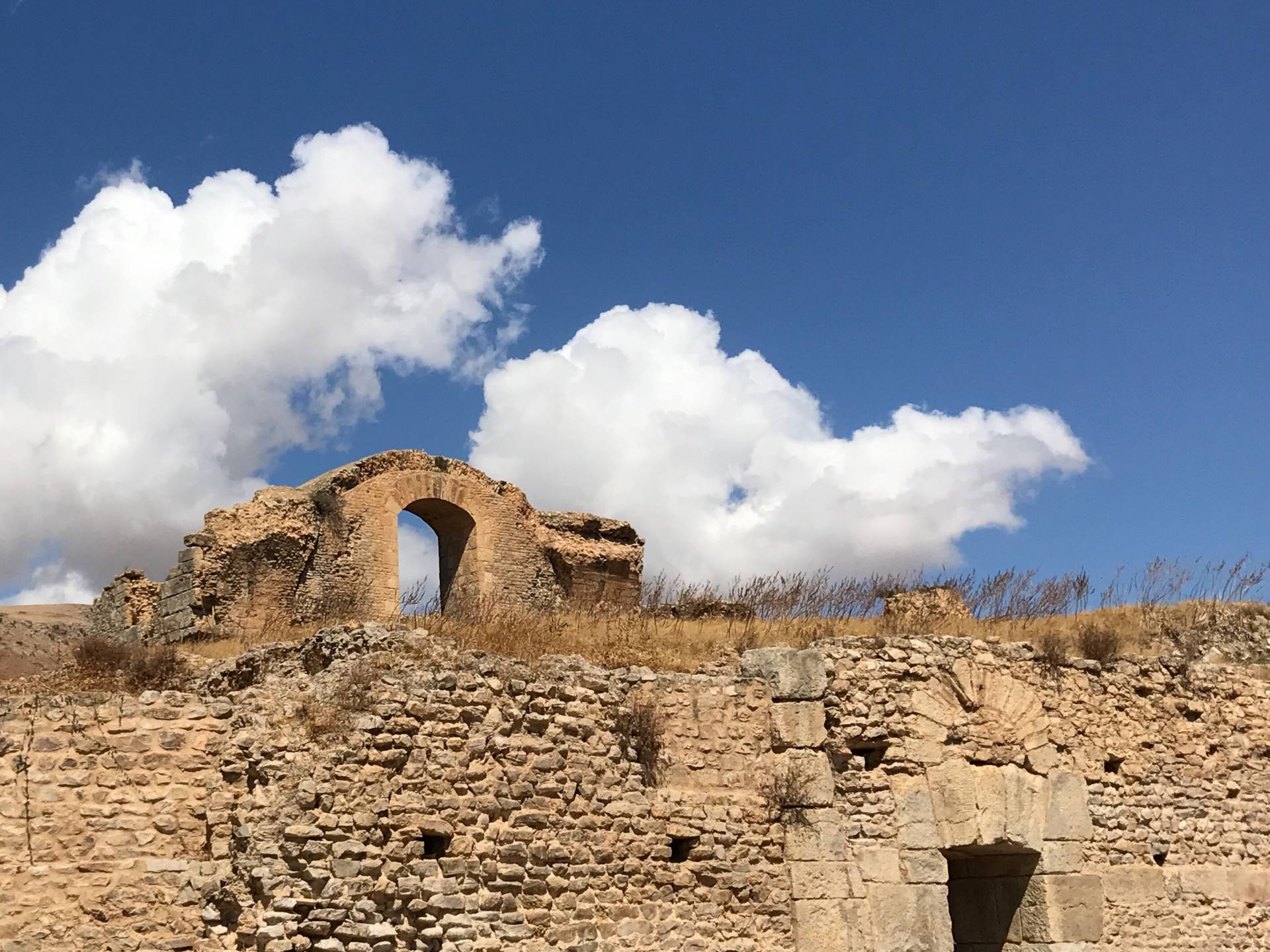
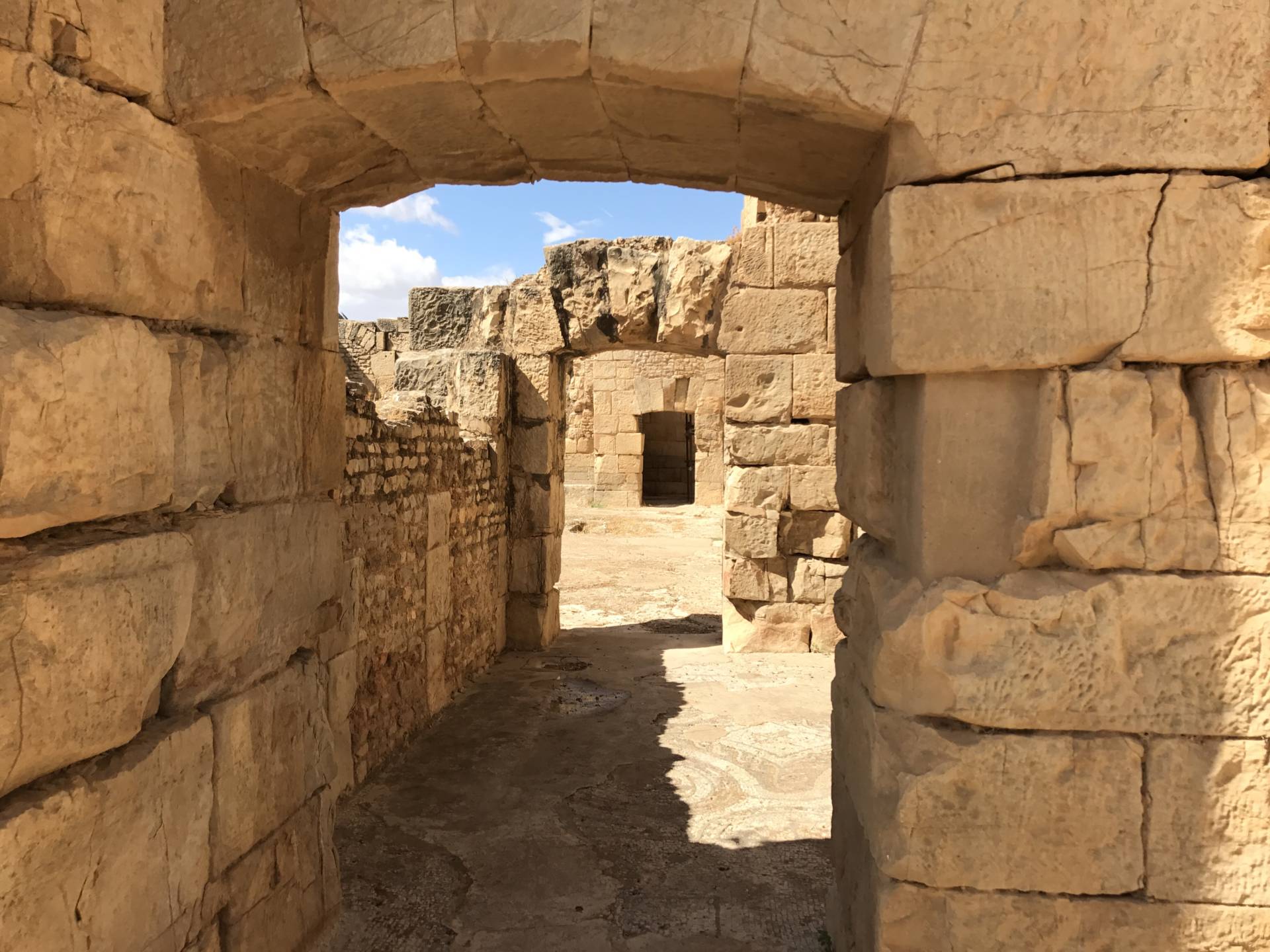
The site itself is a much lower level sprawling example of Roman living than Dougga. The main road running through Bulla Regia is as Romanly-straight and surprisingly intact as the period when it was built; the stones are worn showing the once vibrant life-line of the site – it’s almost as if each smooth worn stone tells a story.
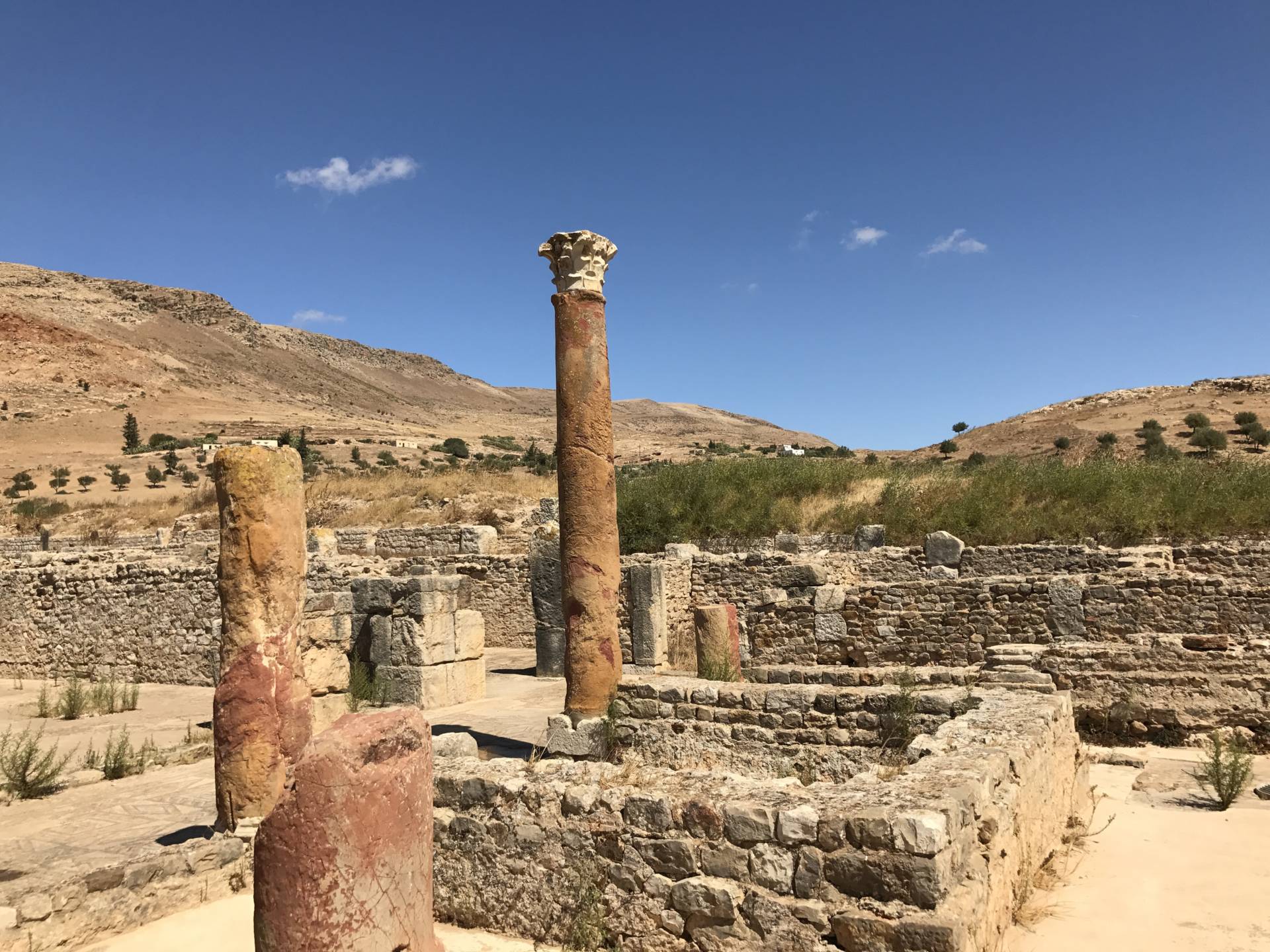
The abandoned town has a remarkably well-preserved amphitheatre and examples of Roman architecture that offer meaningful insight into Roman life.
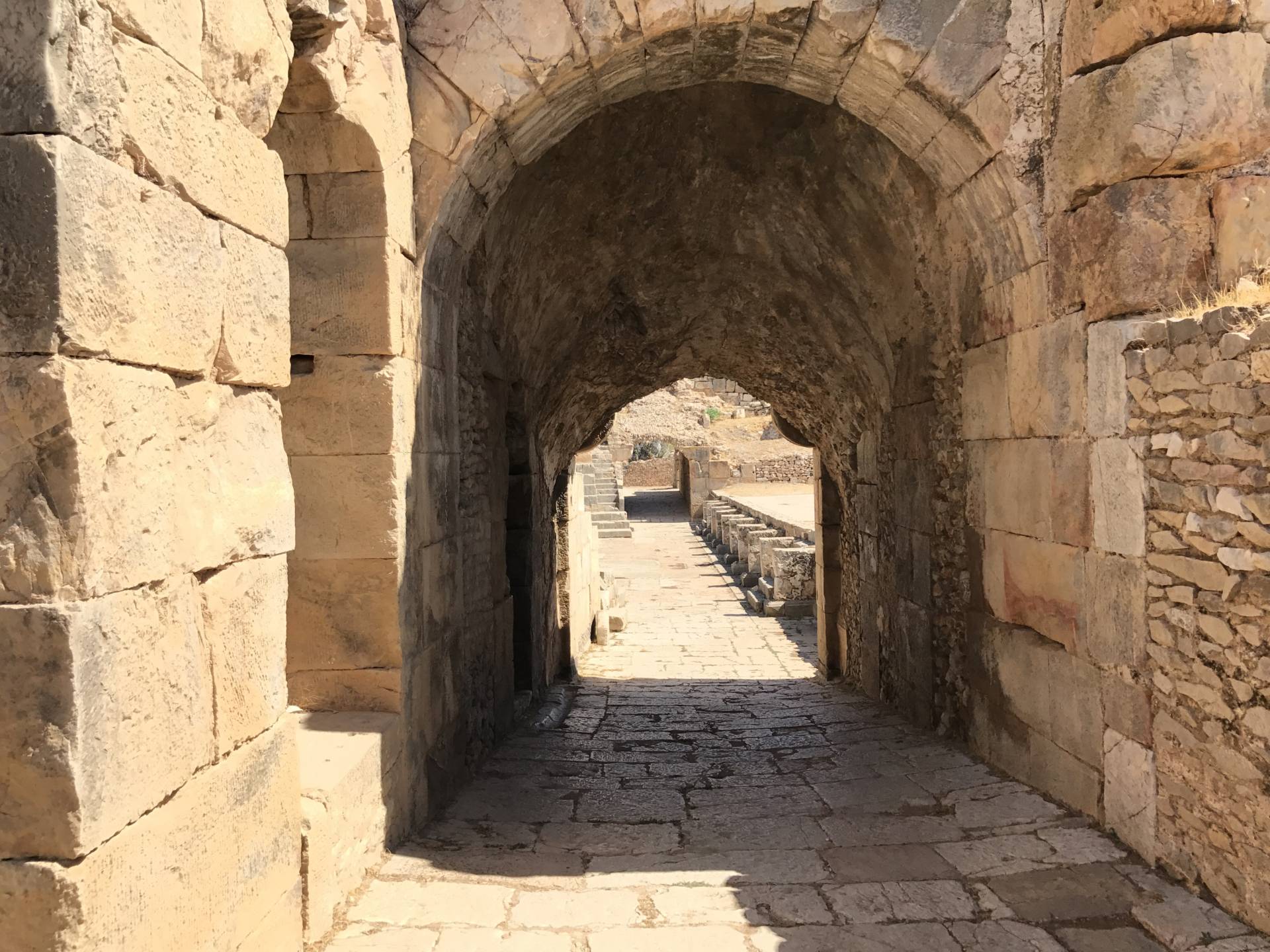
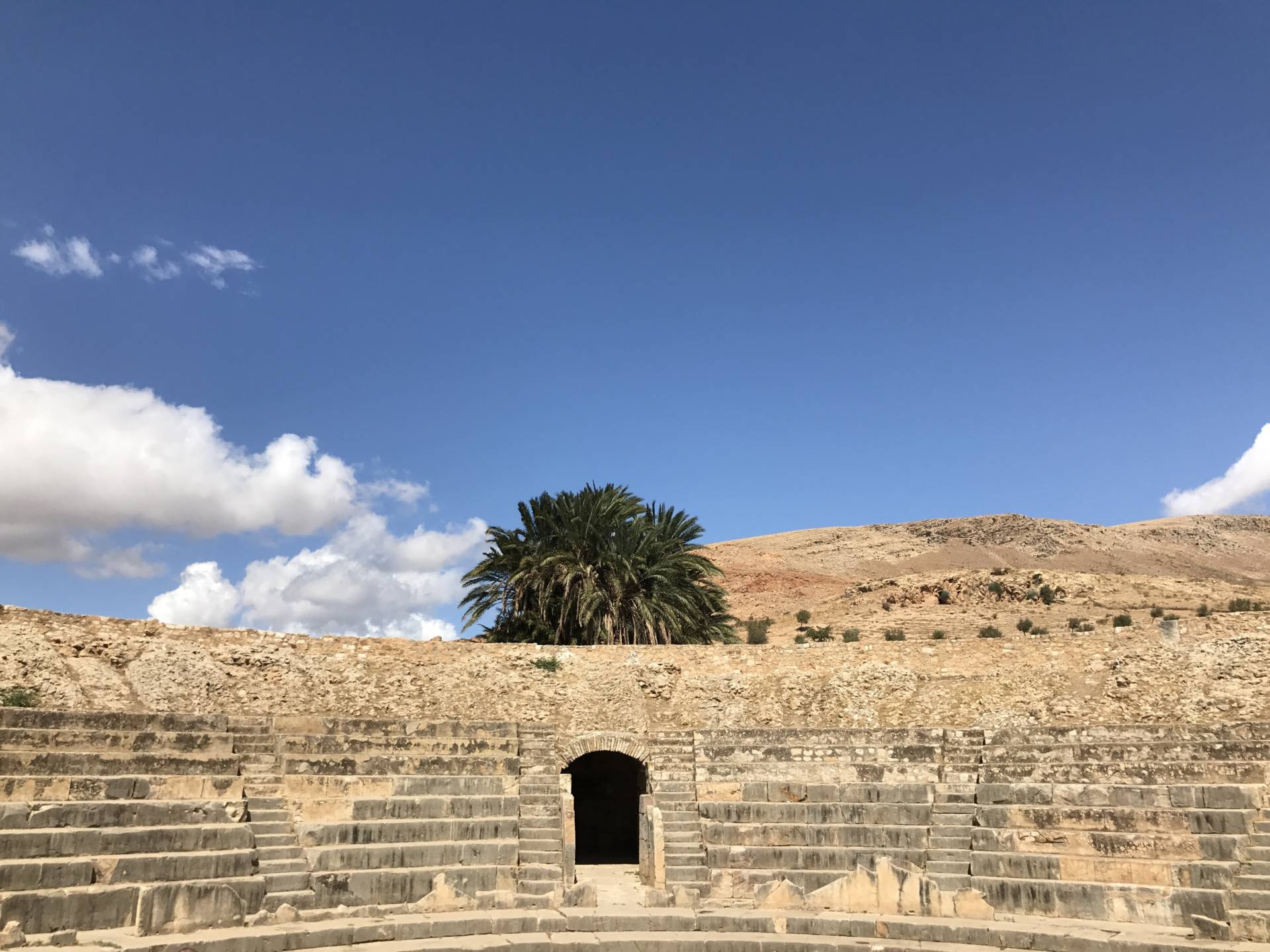
The real showstopper when visiting Bulla Regia is that it’s the only example in the world of underground living by the Romans, I even got the opportunity to go down and explore what would have been a wealthy household over two thousand years ago.
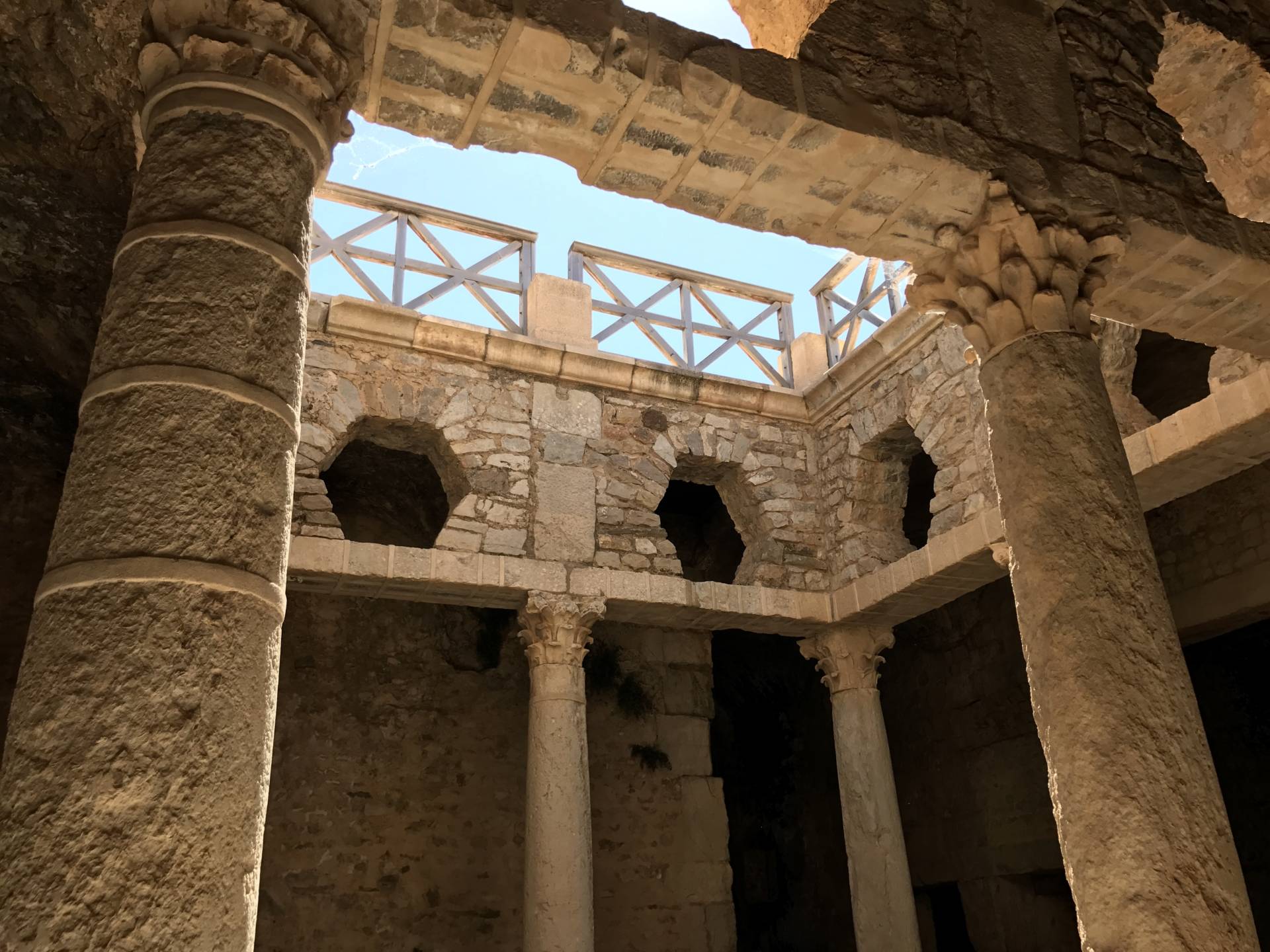
The level of detail still intact is amazing – the intricacy of this mosaic is mindblowing.
We were fortunate while there to be shown round by Corisande Fewnwick from UCL as they were excavating a new church and Christian cemetery – which lies just outside the protected site of Bulla Regia.
The church was first excavated in 2010 – after a routine test dig was requested by the national archaeological department for planning permission. French archaeologists originally thought it was a farm from the 70s; however, further testing and dating indicated a Church dating from 400-700 BC with adjoining cemetery thought to be slightly older. Only systematic excavation of cemetery including anthropological review west of Egypt in North Africa – and is offering such a valuable insight into life in the region; Islamic and Christian artefacts showed Christianity existed post-Arabic conquest in the 7th Century.
Bulla Regia is most definitely off the beaten track in Tunisia – it ticks the boxes for remote and rugged and isn’t a destination you’re likely to include as part of a family holiday; however if you’re travelling with teens and older then it’s well worth building in a few days to discover what Tunisia has to offer that’s not just beaches. Jendouba is a region that I could have quite easily gone my whole life without visiting and whilst it may not have a beach, an obvious tourist attraction, it remains a firm favourite of mine – and where I made a passing friend with a woman in a field.
Disclosure: I was a guest of the Tunisian National Tourism Office for the duration of my stay in Tunisia.
